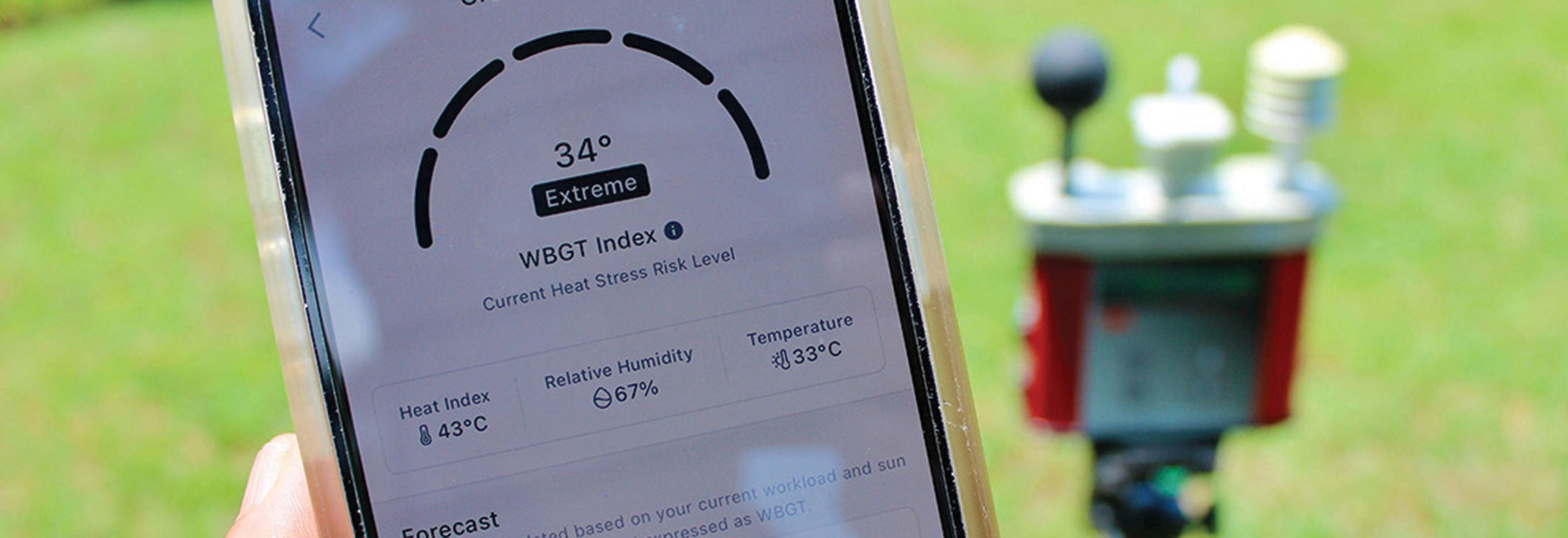Heat stress mobile app launches with help from ECU
The American Industrial Hygiene Association in July launched a heat stress mobile app — co-developed by ECU researchers — to help workers, employers and safety professionals address the increased risk of heat illnesses posed by rising temperatures.
The free app, available for Android and Apple mobile phones, was developed by heat safety experts from the AIHA Thermal Stress Working Group through a partnership with ECU.
Faculty members Jo Anne Balanay and Sinan Sousan, joined by ECU director of licensing and commercialization Carlyle Rogers, have worked with AIHA and software development company Dualboot Partners to develop it. The app is in its beta version as AIHA is collecting feedback from users.
The app allows users to enter information such as location and workload that factor into their overall heat stress risk assessment.
Combining this information with weather data from the local National Weather Service, the app calculates an individual’s wet bulb globe temperature index, a recognized standard for evaluating potential heat stress. The app also provides heat alerts based on users’ work schedules and the heat stress risk level at their location, as well as recommended health interventions like rest breaks and water consumption.
“It’s giving the current WBGT, as well as the forecasted WBGT,” said Balanay. “Forecasting is one thing that is not done by the traditional heat stress monitor, which just gives what it is measuring right now. The purpose of the forecasted WBGT is it can be used for planning. Supervisors, for example, they can plan ahead in terms of rescheduling work according to workload and WBGT.” Cloud cover is an included feature, giving app users the option to choose their outdoor sun exposure from sunny, mostly sunny, mostly cloudy, cloudy or full shade.
“I’m testing that option out to see how accurate it is compared to the heat stress monitors,” Balanay said. “I’ll come out and if it’s cloudy, I’ll adjust the WBGT app into the cloudy setting and note that in
comparison to what the traditional instrument would measure.”
There’s no federal heat injury and illness prevention standard, but the Occupational Safety and Health Administration published a proposed standard Aug. 30. If adopted, it would require employers to develop and implement heat injury and illness prevention plans with input from and the involvement of nonmanagerial employees and their representatives. Employers with more than 10 employees would be required to have written plans, and all employers would need to designate one or more heat safety coordinators.
A handful of states have heat illness prevention program standards, and Minnesota has a standard for exposure to heat and cold.
